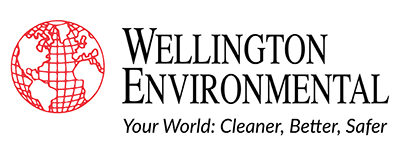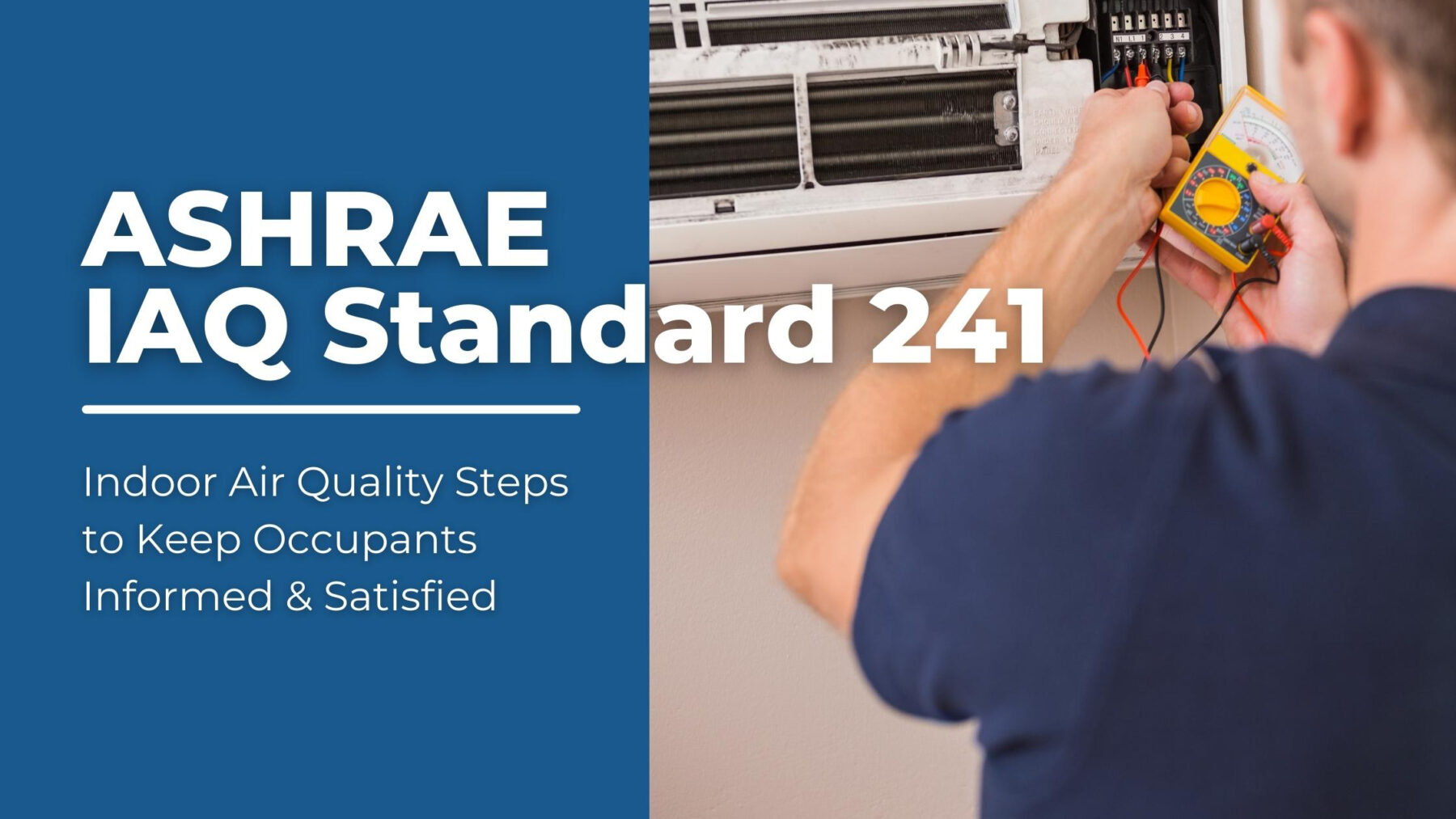Now it’s Critical:
Everyone thought that after the office occupancy upheaval from COVID-19 that employees and tenants would be marching right back to their buildings. According to The New York Times, “more office workers are back at their desks than a year ago, but attendance at office buildings in New York, Boston, Atlanta, San Francisco and other cities is languishing well below pre-pandemic levels.” Many buildings are looking at foreclosure and banks are worried.
Building owners and managers are more concerned with rising interest rates, dwindling occupancy, crime in surrounding areas, and keeping current tenants satisfied with the building. Many buildings have cut back on food services and other amenities in response to the lower occupancy rates that have forced some nearby restaurants to close. “How do we attract more tenants and keep the ones we have happy?” is a question faced by most building managers.
A 2023 study by Honeywell; Healthy Buildings Survey (3rd Edition) added kindling to the already difficult situation building owners and managers are facing with occupancy. The occupants that are returning to the office are now more concerned with the Indoor Air Quality (IAQ). According to the Honeywell survey results as reported in Buildings magazine; “nearly three in four respondents – 74% expressed some degree of worry about their workplace’s IAQ, and 43% said they’re either very or extremely worried.” This represents a 7% increase year over year but what stood out was the opinion of office workers in the United States whose worry about IAQ jumped from 28% to 53%.
It’s not just commercial tenants where IAQ is an issue. After COVID-19, building occupants – whether in hospitals, medical office buildings, retail, or exercise facilities – are concerned with the quality of air in their environment. The American Society of Heating, Refrigeration, and Air Conditioning Engineers (ASHRAE) sets the standards for building systems, energy efficiency, indoor air quality, refrigeration and sustainability of the built environment. ASHRAE recently issued a new standard to reduce airborne infection risk mitigation for buildings.
Standard 241, Control of Infectious Aerosols, establishes minimum requirements to reduce the risk of disease transmission by exposure to infectious aerosols in new buildings, existing buildings, and major renovations.
Here is the simple formula we developed for clients:
Aspects of ASHRAE Standard 241 + Honeywell Healthy Buildings = Satisfied Employees/Tenants
- Dilution of indoor air contaminants by ventilation with outdoor air
- Planning for and performing HVAC adjustments during elevated risk of disease transmission (i.e., influenza season)
- Checking the actual performance of the HVAC system, including visual inspection of each chamber of the AHU physical configuration
- Perform simple air tests in various areas of the facility to demonstrate good IAQ
- Respond to complaints with an established plan that is documented
- Communicate your IAQ improvement ACTIONS to everyone including potential clients
- Save the information to demonstrate Reasonable Steps were taken in each circumstance
As noted in the points above, the final steps are communicating the building’s plan for improved air quality and providing testing data to demonstrate effectiveness. Building occupants don’t always understand how the HVAC systems work; including some basic information on how outside air mixed with the buildings’ return air improves the overall air quality is just one example. Data collected on a quarterly basis should include measuring of relative humidity, carbon dioxide, carbon monoxide, temperature, airborne mold, and volatile organic compounds.
The data collected should also be charted alongside recommended levels for a quality indoor environment from ASHRAE and the Environmental Protection Agency. The data should be distributed or posted in areas where occupants can observe the efforts taken by the building to provide a safer indoor environment. Maintaining the data can provide proof that reasonable steps are taken to keep the building safe, which is an important legal defense practice.
Contact us today to receive an IAQ plan for your facility!




